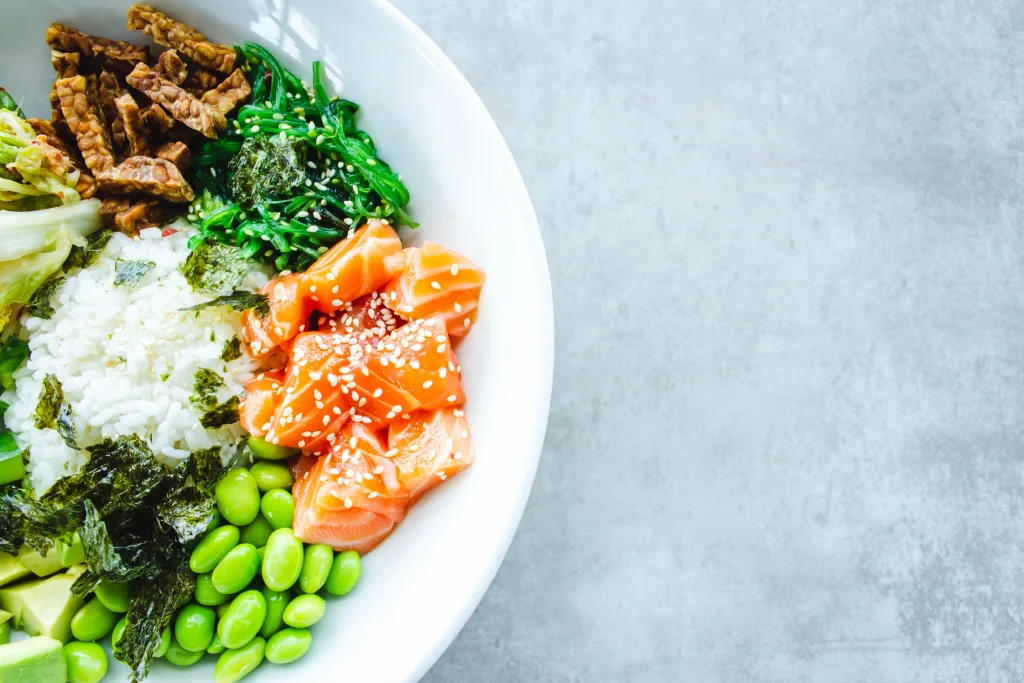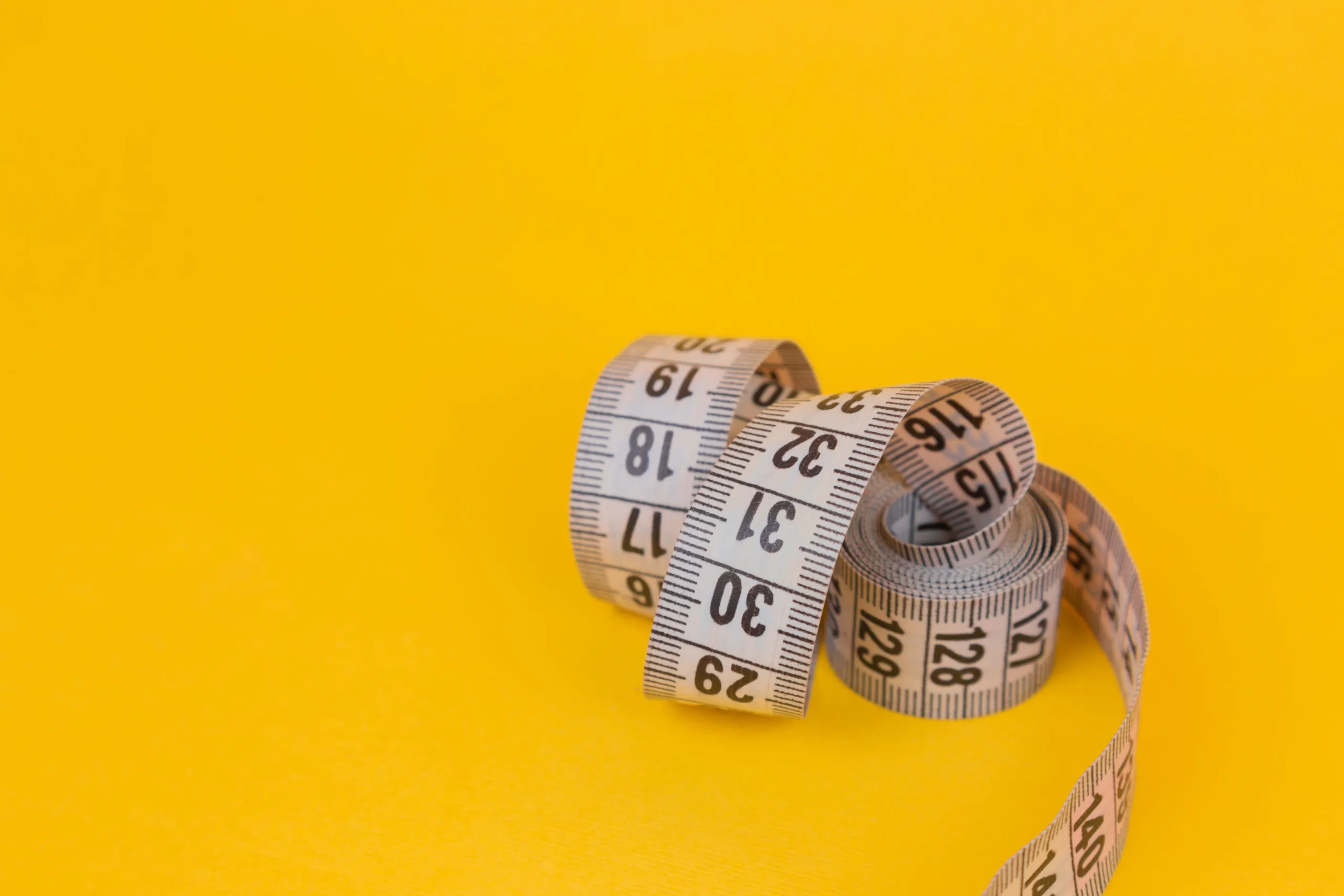High blood pressure, or hypertension, is a prevalent health concern that affects millions of people worldwide. As a silent but powerful risk factor for heart disease, stroke, and kidney disease, managing blood pressure is essential for overall health and well-being. One effective strategy for achieving this is the Dietary Approaches to Stop Hypertension (DASH) diet. This comprehensive guide will explore the ins and outs of the DASH diet, helping you harness its benefits for lowering blood pressure and improving your health.

What is the DASH Diet?
The DASH diet is a dietary plan specifically designed to help lower blood pressure and improve cardiovascular health. It emphasizes nutrient-dense foods that are rich in potassium, calcium, magnesium, and fiber, while limiting sodium, saturated fats, and added sugars. The diet promotes the consumption of fruits, vegetables, whole grains, lean proteins, and low-fat dairy products. The DASH diet has been extensively studied and is consistently ranked as one of the top diets for heart health.
The Science Behind the DASH Diet
The DASH diet was developed in the early 1990s through research funded by the National Institutes of Health. Studies have demonstrated that the DASH diet effectively lowers blood pressure and reduces the risk of heart disease, stroke, and other cardiovascular conditions. The diet works by providing essential nutrients that help regulate blood pressure and support overall heart health.
- Potassium: This mineral helps relax blood vessel walls and counteracts the effects of sodium on blood pressure. The DASH diet encourages the consumption of potassium-rich foods, such as bananas, leafy greens, and potatoes.
- Calcium: Adequate calcium intake supports optimal blood vessel function, helping to maintain healthy blood pressure levels. Low-fat dairy products, such as yogurt and milk, are good sources of calcium in the DASH diet.
- Magnesium: Magnesium contributes to the relaxation of blood vessels and the regulation of blood pressure. Foods high in magnesium, like legumes, whole grains, and nuts, are emphasized in the DASH diet.
- Fiber: A high-fiber diet can help lower blood pressure by reducing cholesterol levels and improving overall cardiovascular health. The DASH diet includes a variety of fiber-rich fruits, vegetables, and whole grains.
- Sodium reduction: Excessive sodium intake can contribute to high blood pressure. The DASH diet recommends limiting sodium intake to help control blood pressure levels.
Key Components of the DASH Diet
The DASH diet focuses on incorporating a variety of nutrient-rich foods while limiting sodium and unhealthy fats. Here are the main components of the diet:
- Fruits and Vegetables: The DASH diet recommends consuming 4-5 servings of fruits and 4-5 servings of vegetables daily. These foods are high in essential nutrients, like potassium, magnesium, and fiber, which support blood pressure regulation.
- Whole Grains: Whole grains, such as brown rice, whole wheat bread, and quinoa, are an important part of the DASH diet. Aim for 6-8 servings of whole grains per day to provide energy, fiber, and essential nutrients.
- Lean Proteins: The DASH diet promotes the consumption of lean proteins, like poultry, fish, and legumes, to provide essential amino acids without excessive saturated fat. Aim for 2-3 servings of lean proteins per day.
- Low-Fat Dairy: Low-fat dairy products, such as yogurt, milk, and cheese, are good sources of calcium and protein. Include 2-3 servings of low-fat dairy in your daily meal plan.
- Nuts, Seeds, and Legumes: These nutrient-dense foods provide healthy fats, fiber, and essential minerals like magnesium. Aim to include 4-5 servings of nuts, seeds, and legumes per week in your DASH diet plan.
- Healthy Fats: Incorporate healthy fats, such as olive oil, avocado, and fatty fish like salmon, to support heart health. Limit saturated and trans fats, which can contribute to high cholesterol and blood pressure.
- Limited Sodium: The DASH diet recommends reducing sodium intake to 2,300 mg per day or 1,500 mg for those with higher risk factors. Be mindful of sodium content in processed foods and opt for low-sodium alternatives whenever possible.
- Minimized Added Sugars: Limit added sugars, such as those found in sweets, sugary drinks, and processed foods, as they can contribute to weight gain and elevated blood pressure.

A Sample DASH Diet Meal Plan
To help you better understand how to incorporate the DASH diet into your daily routine, here’s a sample meal plan:
Breakfast:
- Whole-grain oatmeal topped with fresh berries and a sprinkle of chopped nuts
- A glass of low-fat milk or a cup of low-fat yogurt
Lunch:
- Grilled chicken salad with mixed greens, cherry tomatoes, cucumber, and a vinaigrette dressing
- Whole-grain roll or slice of whole-wheat bread
- A piece of fruit, such as an apple or orange
Dinner:
- Baked salmon with a side of steamed broccoli and quinoa
- Mixed green salad with a variety of colorful vegetables and a light dressing
- A small serving of fruit for dessert, such as baked apple slices or a fruit salad
Snacks:
- Baby carrots and hummus
- A handful of unsalted almonds
- Low-fat yogurt with a spoonful of chia seeds

Tips for Success on the DASH Diet
- Gradual changes: Instead of making drastic changes to your diet overnight, gradually incorporate the principles of the DASH diet. This can help you adjust to new eating habits and make it more sustainable in the long run.
- Meal planning: Plan your meals and snacks ahead of time to ensure you have healthy options readily available. This can help prevent impulse purchases and keep you on track with your DASH diet goals.
- Portion control: Be mindful of portion sizes, as overeating can contribute to weight gain and elevated blood pressure. Use measuring cups, spoons, or a food scale to ensure accurate portion sizes.
- Stay hydrated: Drinking plenty of water is essential for overall health and can help control appetite, making it easier to stick to the DASH diet plan.
- Limit dining out: Restaurant meals can be high in sodium and unhealthy fats. Cook at home whenever possible, and when dining out, choose heart-healthy options and ask for low-sodium alternatives.
- Stay active: Regular physical activity can help lower blood pressure and support overall heart health. Aim for at least 150 minutes of moderate-intensity aerobic activity or 75 minutes of vigorous-intensity aerobic activity per week.
- Monitor your progress: Regularly track your blood pressure levels and discuss your progress with your healthcare provider. This can help identify any necessary adjustments to your diet or treatment plan.
Conclusion
The DASH diet is a proven, effective approach to lowering blood pressure and promoting heart health. By focusing on nutrient-dense foods and limiting sodium, saturated fats, and added sugars, the DASH diet can have a powerful impact on your cardiovascular health. Embrace the principles of the DASH diet, and take the first step towards a healthier, happier life.
Follow Us on all Socials
https://www.facebook.com/healthylivingtrendsworldwide/
https://www.linkedin.com/company/healthy-trends-worldwide-llc/
https://twitter.com/healthytzww
https://www.crunchbase.com/organization/healthy-trends-worldwide-llc
https://www.manta.com/c/m1rzv9f/healthy-living-trends-llc
https://healthytrendsworldwide.com/
Regenerate response

